Why space is the best setting for horror
In space, no one can hear you scream, but there is plenty to scream about when it comes to space horror.
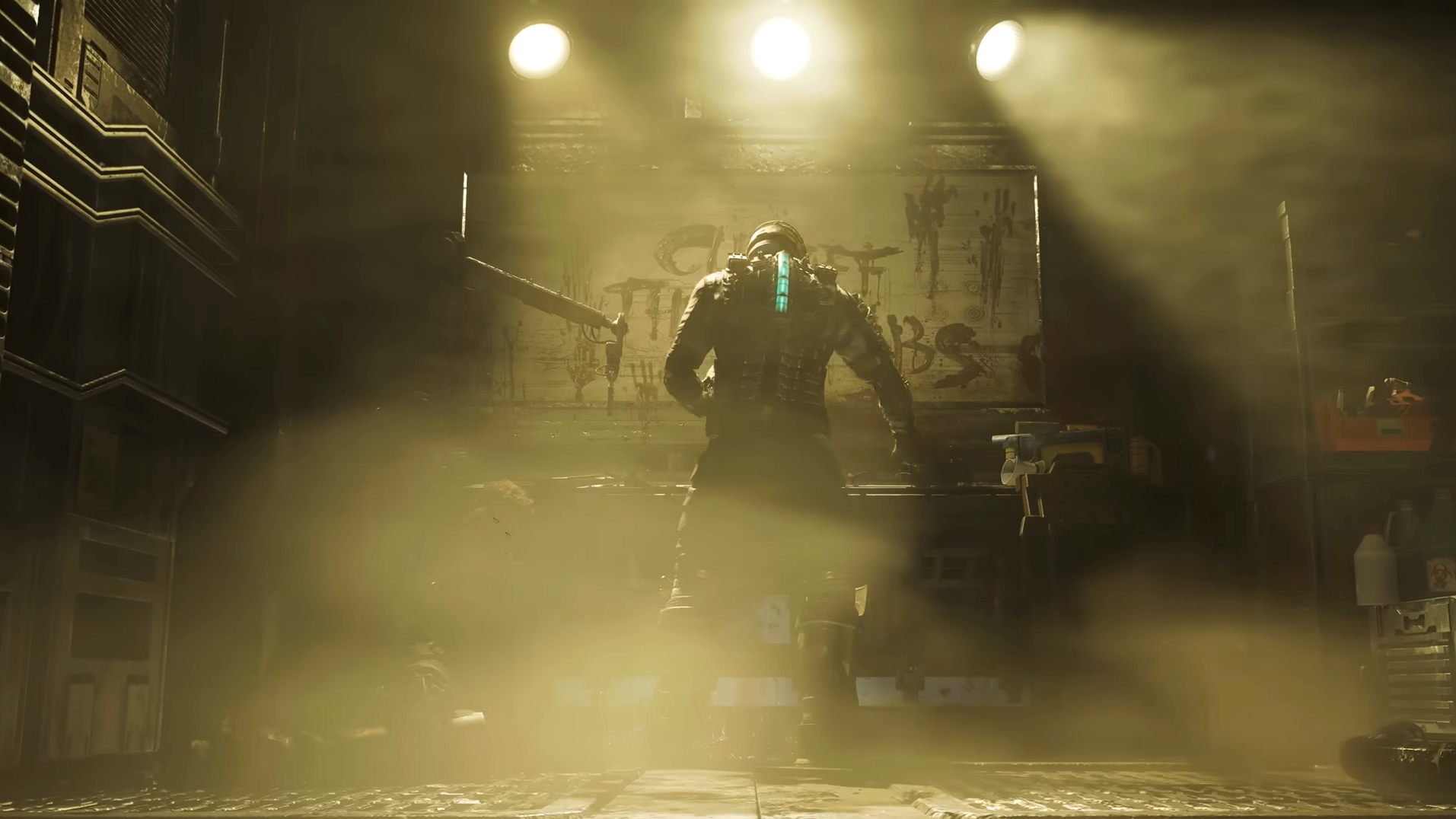
Space, when analyzed with any level of scrutiny, is a frightening place. With near zero degrees Kelvin temperatures, no oxygen, gravitational and electromagnetic fields we can't see, solar radiation everywhere you look, and chunks of rock and ice hurtling at thousands of kilometers an hour – space holds more hostility to our species than any other climate we've encountered. And that's only considering observable phenomena; who knows what sits out in the darkness, waiting in a corner of the universe we can't see?
And that's where the horror creeps in.
Creating haunting, iconic horror that lasts long after the scare is no easy feat. Storytellers and creative writers have been crafting scary stories since long before Mary Shelley's legendary classic, 'Frankenstein,' gave the genre a much-needed push.
Horror's literary roots begin in religious tales describing hell's agony or the nature of death. Ghouls, vampires, and other monsters of folklore dominated the genre until a young man by the name of Howard Phillips Lovecraft (yes, that H.P. Lovecraft) shook things up in the most macabre, disturbing way by pointing the attention of his readers up toward the stars.
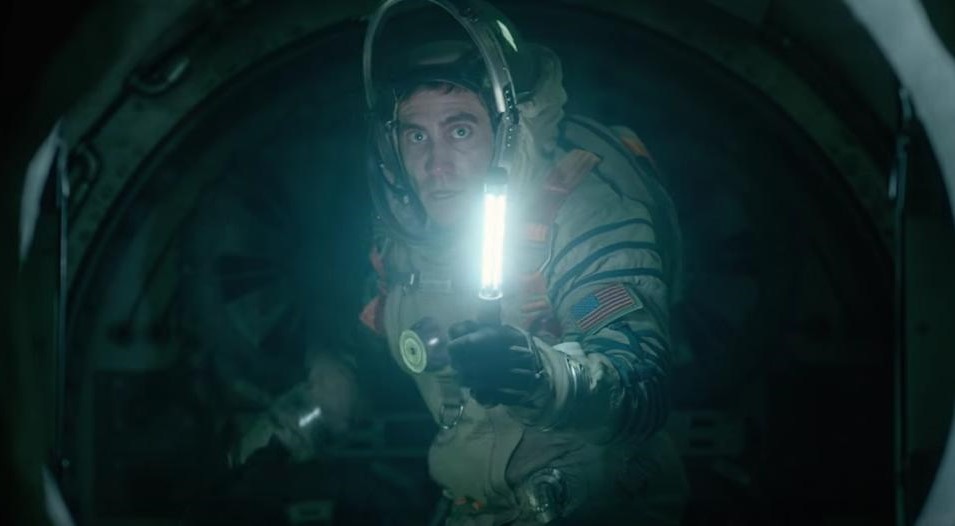
Today, writers within the horror genre – particularly those working on the best space horror movies and games – know the unique brand of fear that space provides. Space travel in ships that need to conserve weight whenever possible and take every centimeter into account is inherently claustrophobic. Conversely, staring out the window at the vast emptiness beyond your craft and knowing nothing exists for lightyears can instill agoraphobia.
Turning one's attention to the blackness of the universe and knowing there is far more we don't understand than we do, is an easy way to feel xenophobia (in its traditional meaning as fear of the unknown). And the fact that it's all so dark out there would give even the bravest of astronauts nyctophobia (extreme fear of the dark). These aren't small anxieties one can brush away with enough thought. These are persistent, inescapable fears that become phobias. Without adding a single alien lifeform, hostile civilization, or deranged human being, space is still a natural home to primal dread.
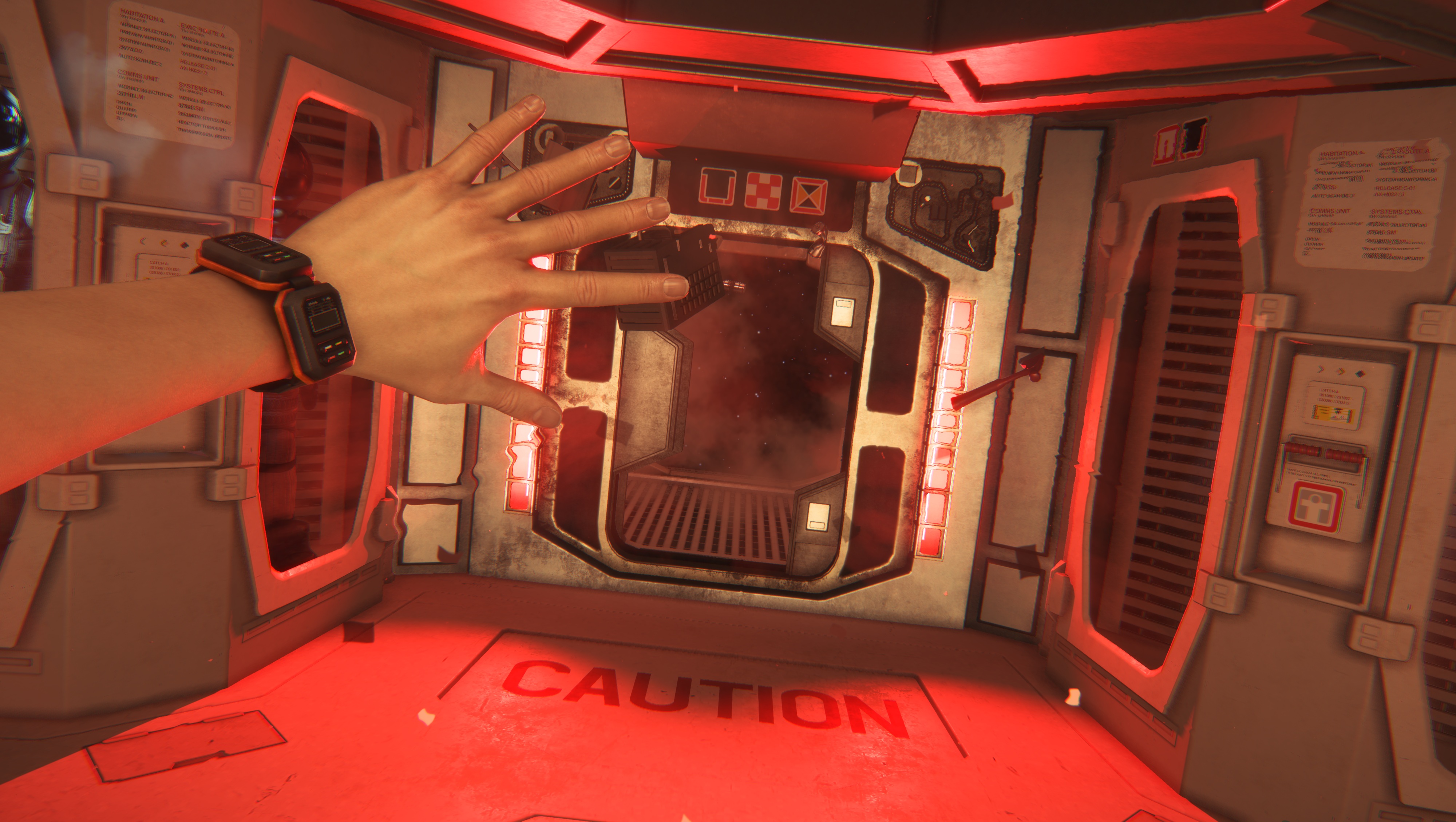
The best space horror games and movies are the most immersive forms of storytelling we've devised as humans, efficiently transferring the emotions of the character on the screen into emotions felt by the player or viewer. Everything from fatherly affection to hope for a disease's cure is felt vicariously through a controller, keyboard, or television screen.
When it comes to horror in interactive media, transferring dread and terror from the screen to the viewer is highly influenced by the story's setting. Horror shines blackest when it takes a familiar, innocent, innocuous concept and makes it dangerous, dark, and deadly. A local carnival or circus, a children's toy store, a beloved summer camp, a shopping mall – all are classic settings for horror stories. They take something familiar and make it haunting.
Space horror does something similar, taking the familiar night sky that we gaze up at so hopefully, and filling it with cosmic horrors beyond our comprehension. It turns the question of “are we alone in the universe” on its head, from one of dreams to one of dread. What if those planets we’re observing are already inhabited? What if the object circling that star is sentient? What if we’re not alone and the dark forest theory is highly accurate?
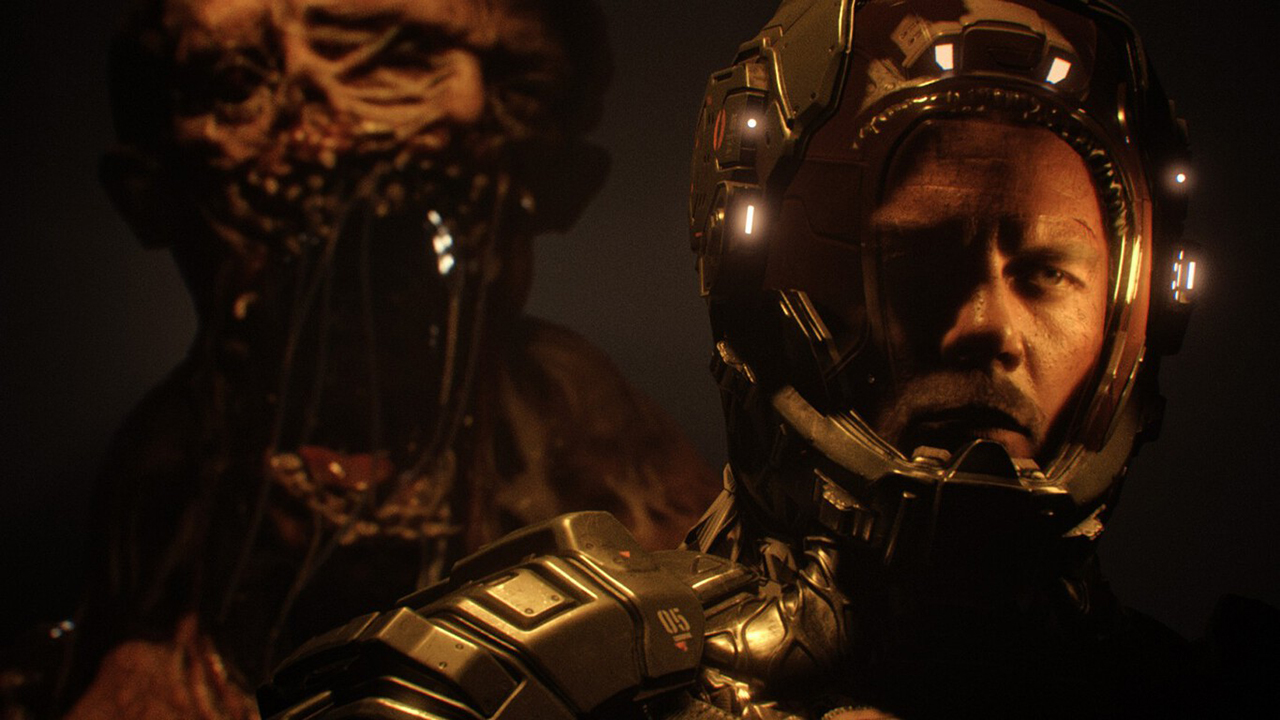
It’s impossible to speak of space, horror, and interactive media without mentioning ‘Dead Space,’ one of the most iconic horror video games of all time (which just had an excellent remake for current-generation consoles). What made 'Dead Space' so terrifying, aside from the face-eating Necromorphs, is that it's grounded to a degree in reality.
Even before the player fights their first enemy, the game capitalizes on all the phobias listed earlier. The hallways are tight and narrow, so there's nowhere to run. There's no one coming to help since you're stranded hundreds of lightyears from the nearest colony. The power source on your ship is faulty, so the lights keep going out, abandoning you in absolute darkness.
With the highly immersive nature of video games, a player can feel tense and on edge with just these elements; flickering lights, tight spaces, and loneliness. They haven't even encountered the mutated abominations hunting them yet, which will bring xenophobia into the picture. And when you have an already tense, nerve-wracking situation and then put zombie alien creatures on top of it, you're cranking the fright up to eleven.
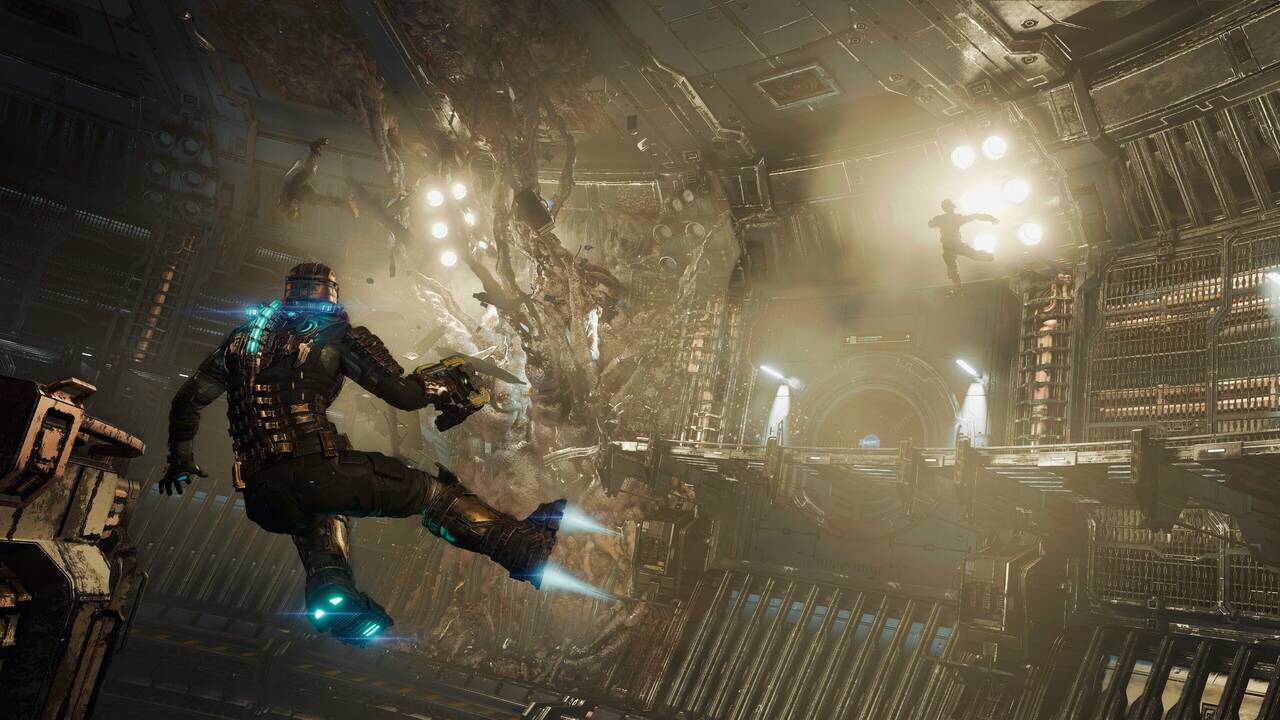
The 'Alien' franchise is another installment in space horror that will stand the test of time. It weaves together a mixture of phobias that only space exploration can provide for an experience that's become a quintessential part of space horror. 'Prey,' 'Event Horizon,' and 'The Callisto Protocol' are all space horror stories that grasp the unfathomable terror of deep space. Yes, they feature fantastical monsters and sci-fi technology, but they are all built upon the disturbing and dangerous reality of space.
Would these stories still be scary if they were set on Earth? Sure, but they’d lose something in the journey planetside. The Xenomorph is scary in part because of the threat it poses to Earth, something that must be kept away from our fragile home. Likewise, Isaac Clarke isn’t just fighting for his own survival, he’s trying to keep the Necromorphs from reaching our little blue planet. This theme of stopping whatever is out there from making its way back to Earth is a core theme of many great space horrors – 'Event Horizon', 'Prey', 'The Callisto Protocol', 'Life' – the list goes on.
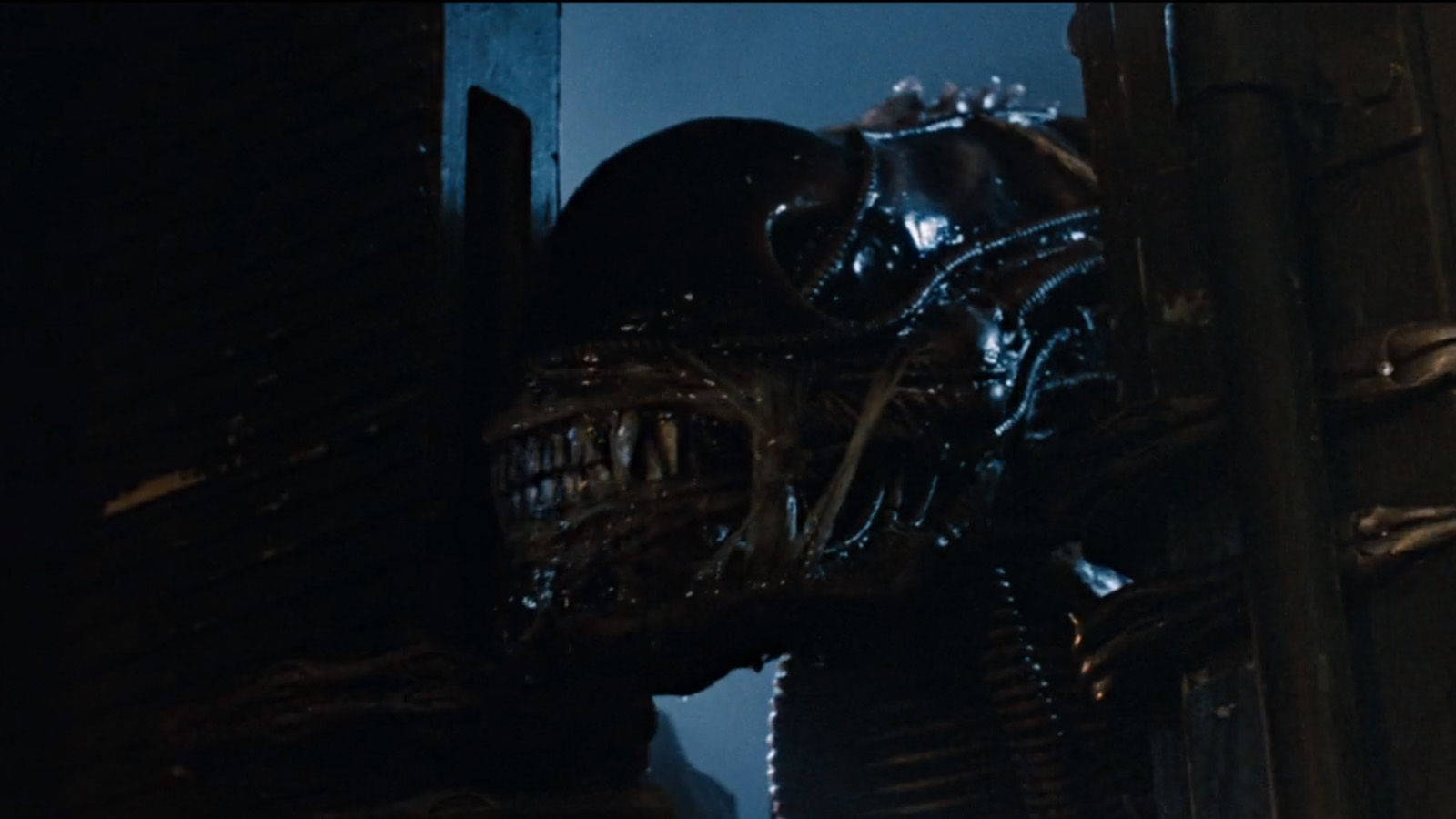
Horror writers are ever searching for the ideal scary location, a place that is just as unsettling as the story they wish to tell. This is why we often see old cabins in the woods, abandoned medical facilities, or post-apocalyptic landscapes as settings for horror stories. Each location carries with it dangers, mysteries, and a dark history better left undisturbed. The bottom of the ocean is another terrifying place to set a story, with its myriad hazards and potential discoveries. But all the dangers and fears of the deepest part of the Mariana Trench still yield to the predations of cold space. It carries more dangers than we can comprehend, is more mysterious than the wildest sci-fi novels, and might hold dark truths we aren't ready to uncover.
Space is frightening. It's a place we weren't made for, and every time we venture into its folds, we return with more reason not to go back. The most eager and optimistic astronauts are still humbled by the need for millions of dollars’ worth of equipment to experience even a fraction of space. And as horror writers continue to push narrative boundaries and seek to instill the most terror they can in their fans, they will continue to find space the perfect setting for memorable, haunting horror.
Join our Space Forums to keep talking space on the latest missions, night sky and more! And if you have a news tip, correction or comment, let us know at: community@space.com.
Get the Space.com Newsletter
Breaking space news, the latest updates on rocket launches, skywatching events and more!
Victor Espinosa is a highly opinionated and deeply misanthropic writer leading conversations around gaming, web3, and nature. His propensity for stargazing feeds a hunger for science fiction and all things that lay just beyond our atmosphere. When not extolling the virtues of survival-horror games to the unwitting masses, Victor writes fiction, gets lost in the wild, and dreams of being a space cowboy.










